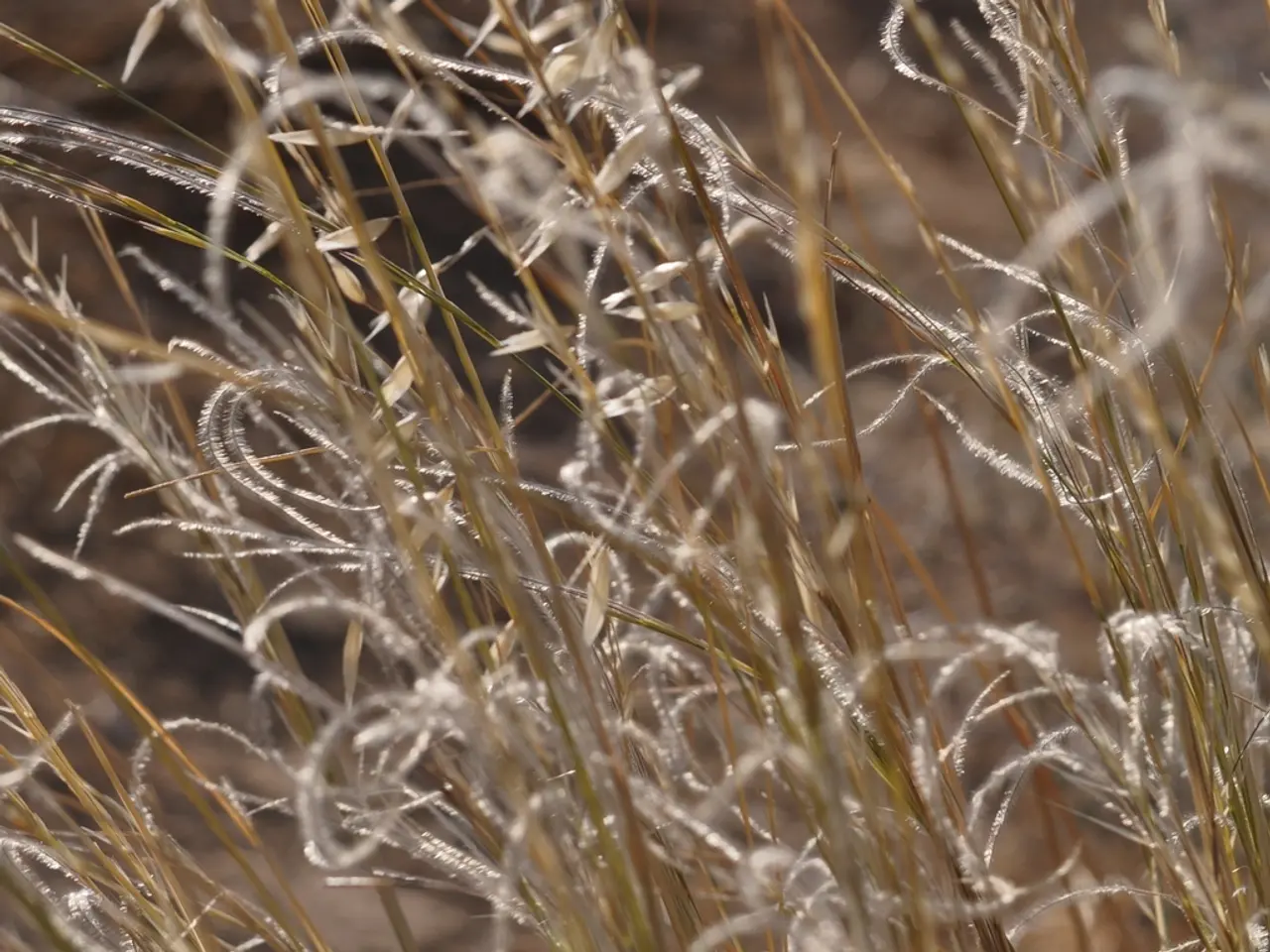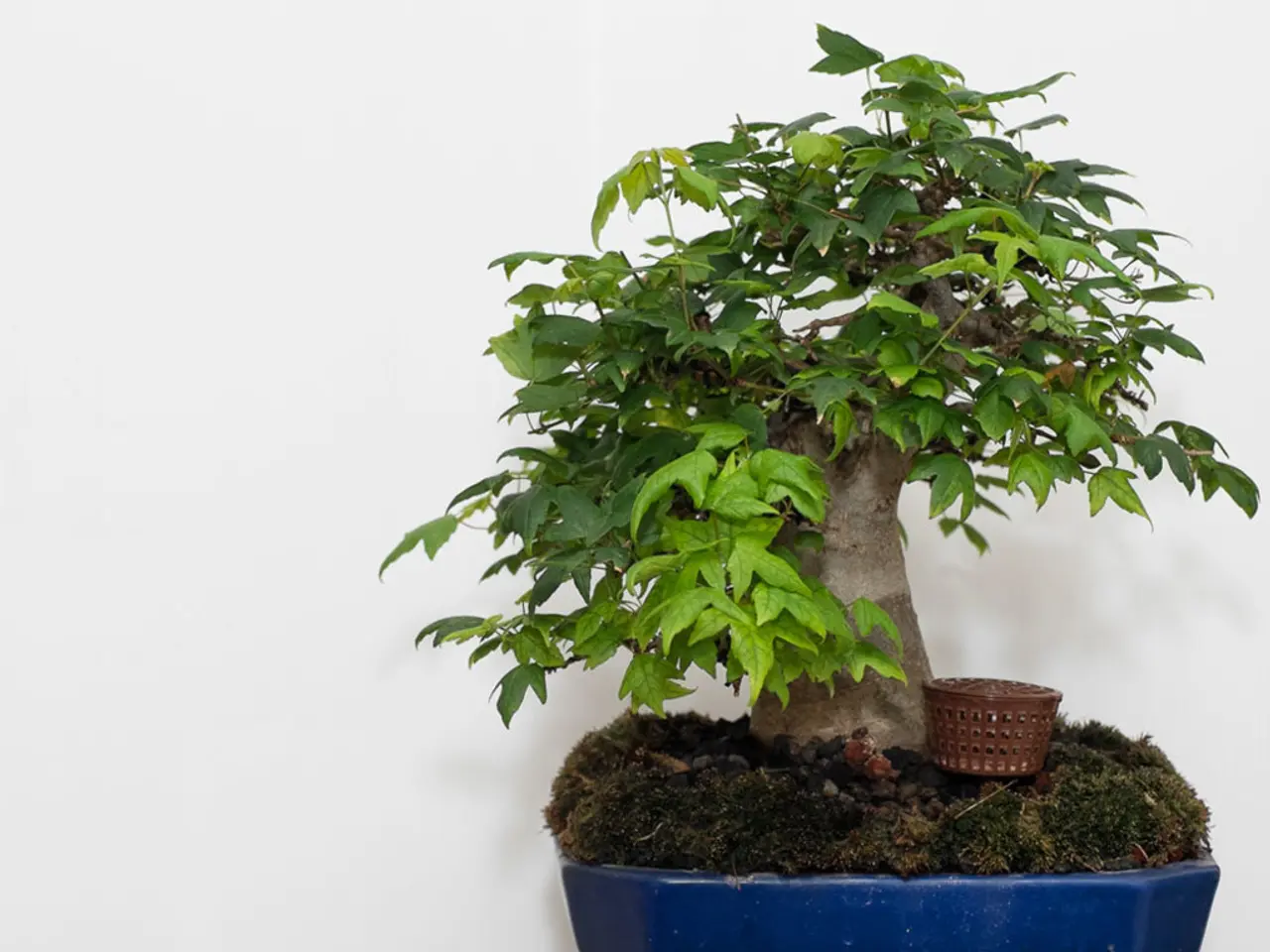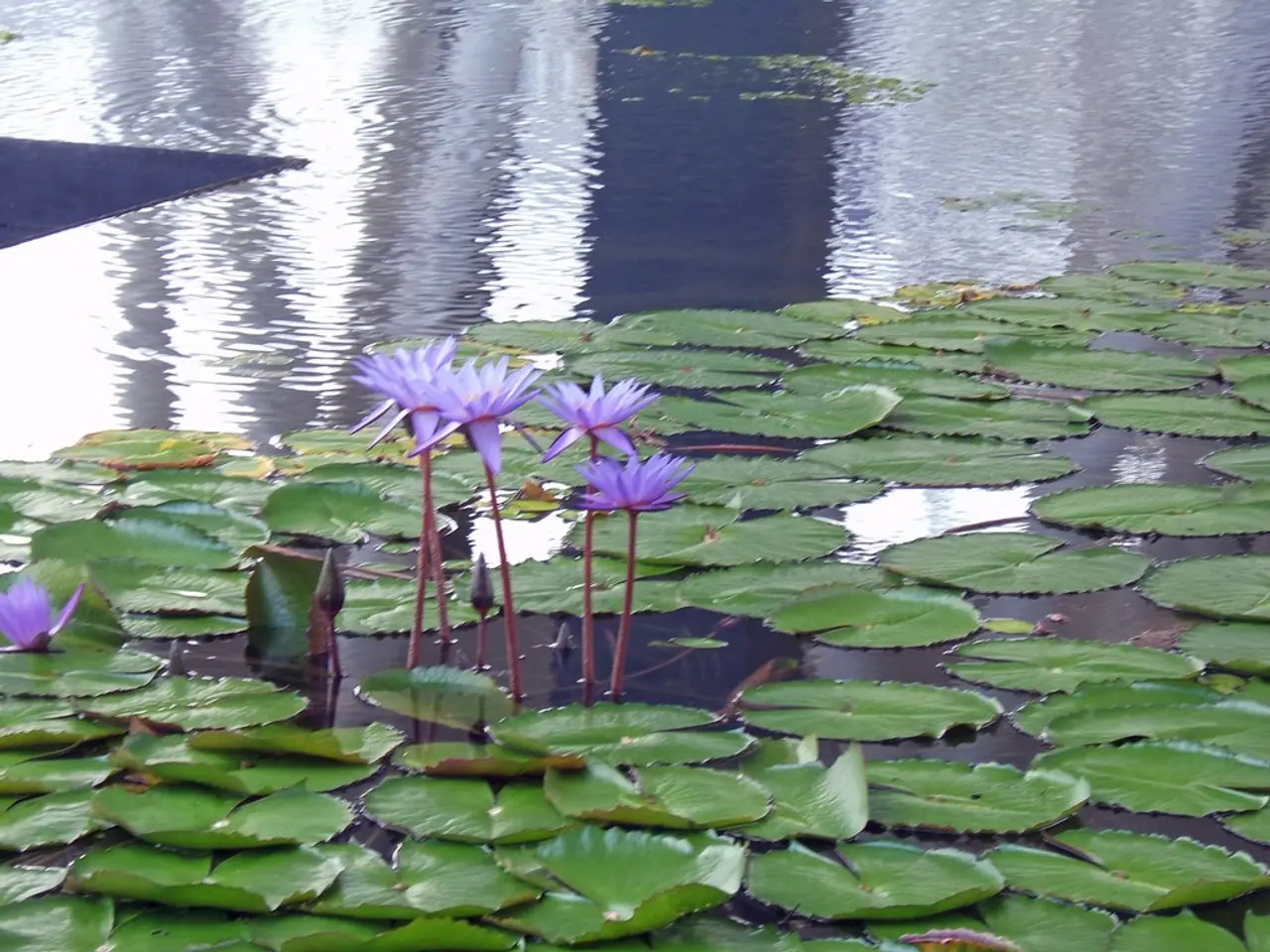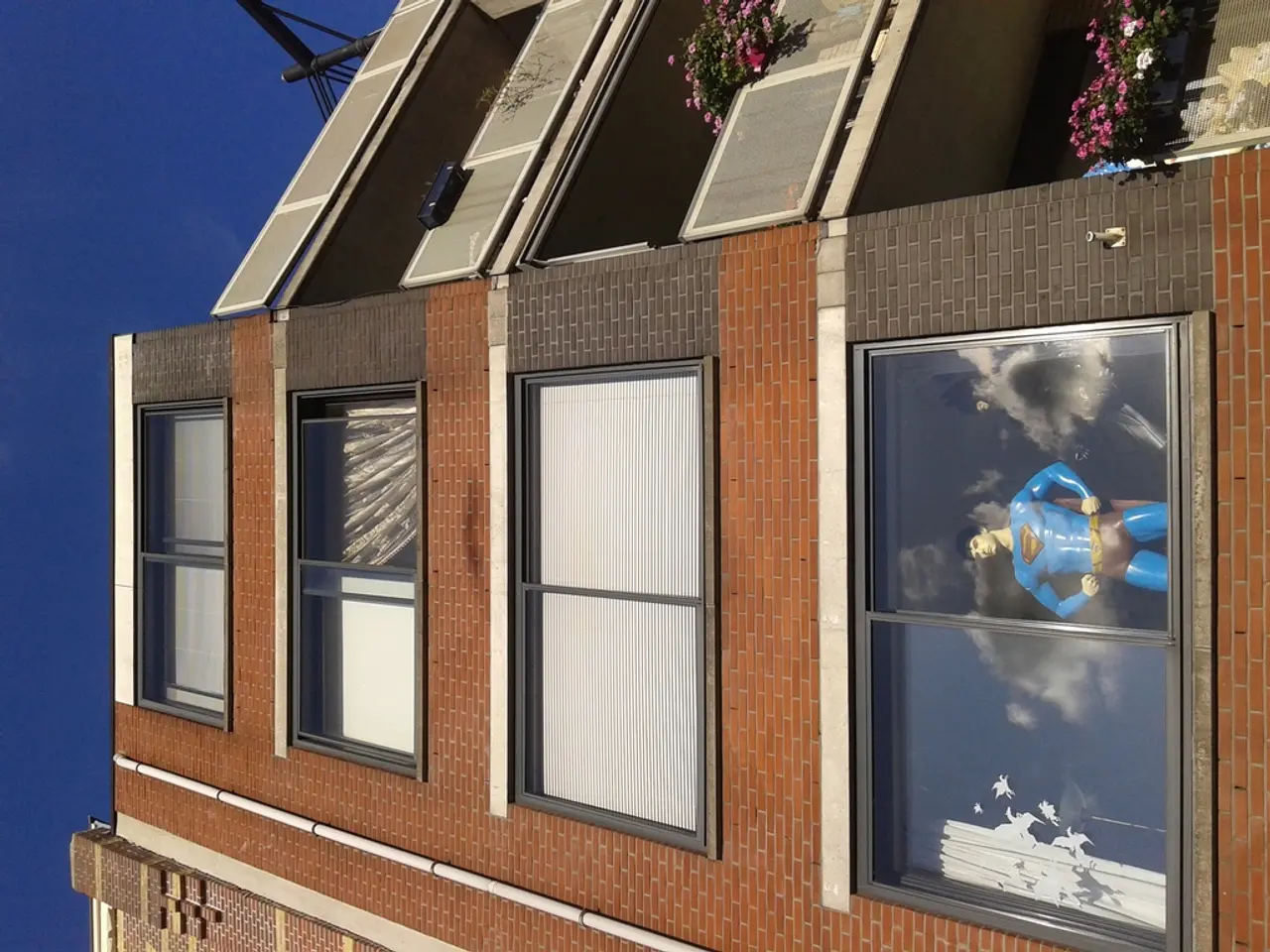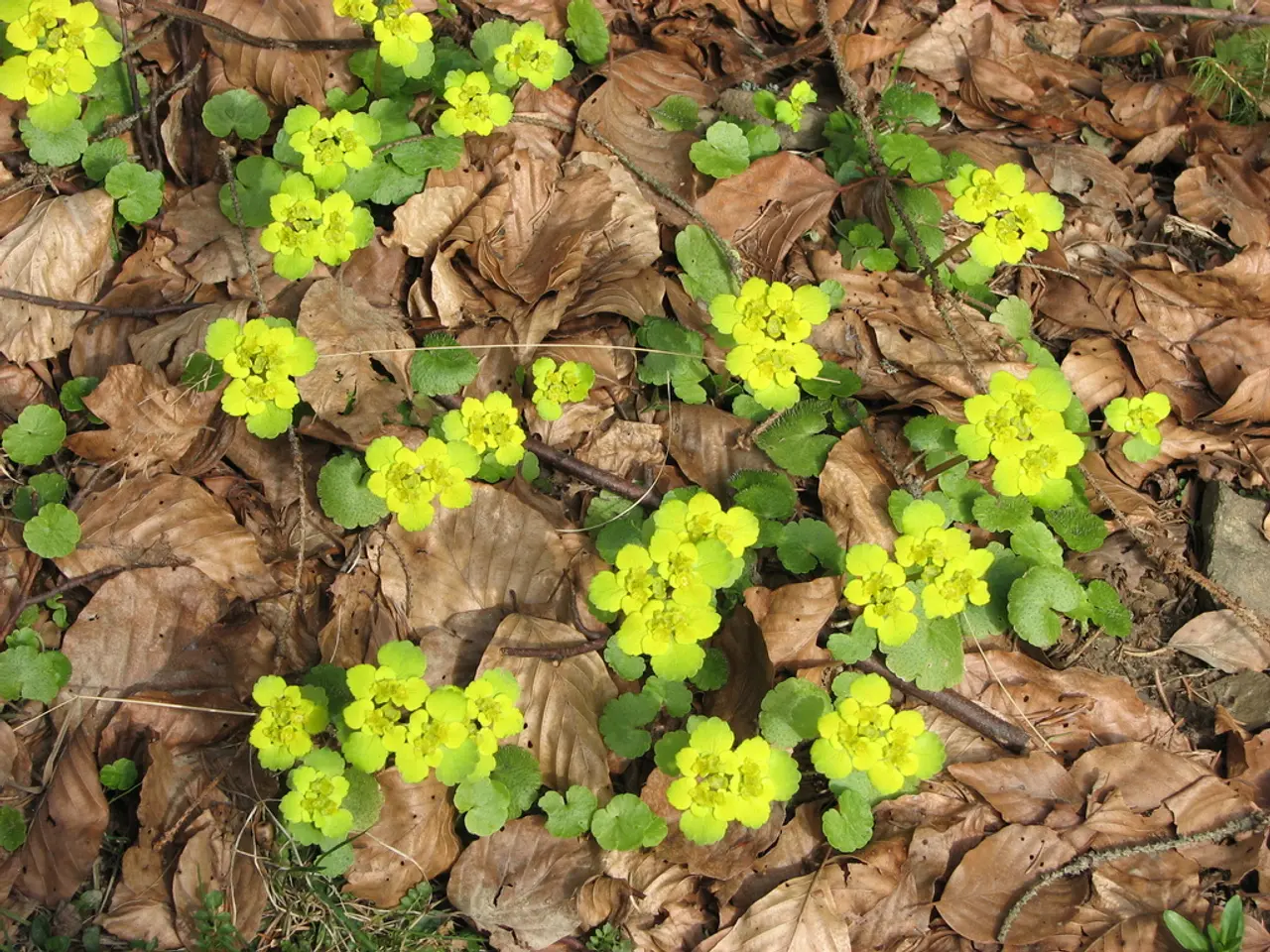Dead grass revival: Lawn specialists offer advice on resurrecting your brown, lifeless turf.
Revitalizing your lackluster lawn requires knowing whether your grass is on the brink or actively dying. Sometimes, it's not as grim as it seems, and all it needs is a little TLC.
But first, discern between dead and dormant grass. When grass takes a nap due to insufficient resources, primarily water during the summer season, it turns a rusty brown, but its roots are still breathing beneath the soil's surface. Don't pull out your lawn mower during these dry spells; trimming dry, dormant grass will do more harm than good.
Dead grass, on the other hand, tells a different story. With no roots or signs of life in the soil, it comes up effortlessly when tugged. Dead patches usually only occur where the roots have ceased to exist. Dormant grass is typically more uniform across larger patches, while dead grass shows up in smaller, isolated areas.
Once you've determined the state of your grass, it's time to take action.
Resurrecting Dormant Lawns
If your lawn shows signs of distress (browning, thinning), the problem may lie in compacted soil. This issue hinders the flow of essential nutrients, water, and air. Experts suggest aerating your grass. This process allows your lawn to breathe again and access much-needed water, significantly improving its health.
Use a garden fork to pierce the soil as deeply as possible, concentrating on the most densely compacted areas. To prevent weed infestation in the temporary holes, consider using sand. However, avoid aerating during the hottest summer months as the lawn might suffer more damage.
Remember, when the rain returns, your grass usually bounces back and turns green once more. And resist the urge to over-water; one deep drenching a week after sunset is far more beneficial, promoting deeper root growth.
Rejuvenating Dead Patches
If you've discovered dried-out patches, it's time to think about re-seeding and filling in the space to thwart weeds. Do this during warmer temperatures, when the average temperature is above 13 degrees. A lawn repair kit can be a helpful resource, as it often contains slow-release lawn fertilizer along with seed, providing a quick-fix option for keen gardeners.
In some cases, however, there might be a more profound problem below the surface. Oversight in watering, nutrient levels, or perhaps a disease may be the culprit. If your efforts to resuscitate your lawn are unsuccessful, consider ripping up and starting over.
How often should you water your garden to prevent dead patches?
"During spring and throughout summer, water your lawn at least every 3-4 days. However, in exceptionally hot weather, provide extra water in the early morning or late evening to protect your lawn from scorching in the midday heat," advises Andrew White, Rhino Greenhouses' resident gardening enthusiast.
Can mowing too short lead to stressed or discolored grass?
Indeed, shaving your grass too short will leave it weak and vulnerable to stress and discoloration. Groom your new growth with regular, careful mowing, and during the summer, maintain a mowing height of about 20mm to prevent stress.
Keep in mind that proper lawn care is key to a lush, green lawn. By following these tips and techniques, you'll be well on your way to rejuvenating your lawn and enjoying the fruits of your labor. Happy gardening!
Julian Palphramand is Head of Plants at British Garden Centres and brings a passion for plants to his role.
Jamie Shipley is the Managing Director of Hedges Direct Ltd, with extensive knowledge of the horticulture and landscaping industries.
Andrew White is Rhino Greenhouses Direct's resident gardening guru, with over eight years of experience in all things green.
- Aerate your grass to revive a dormant lawn, as it allows your lawn to breathe again, access needed water, and significantly improve its health.
- Re-seed and fill in dead patches with a lawn repair kit during warmer temperatures to prevent weeds and thwart further damage.
- Maintain proper watering and mowing techniques to ensure a lush, green lawn; water your lawn at least every 3-4 days in spring and summer, and maintain a mowing height of about 20mm during the summer to prevent stress.
